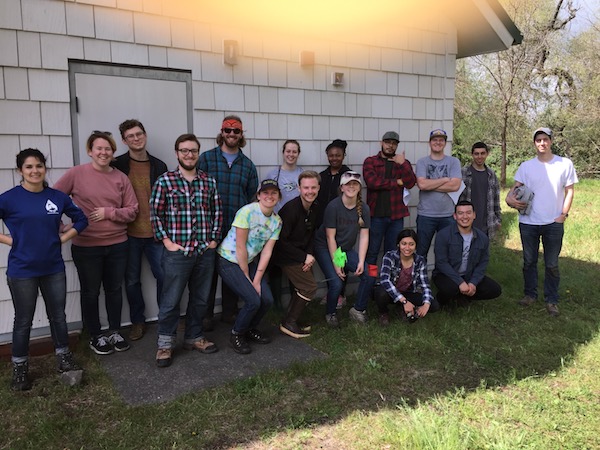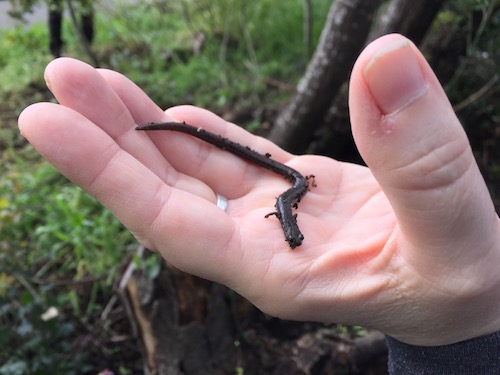This article is from April, but it’s the first I’ve heard of this. The turtles we reintroduced to Mountain Lake in SF have HAD BABIES! This is amazingly good news! These turtles had been extirpated (driven locally extinct) from the lake at some point in the past, and the fact that the introduced turtles are able to reproduce means that this population might be able to sustain itself into the future. LOVE THIS SO MUCH!
Jessica Flores
April 29, 2021
Article originally posted here: https://www.sfchronicle.com/local/article/Adorable-baby-western-pond-turtle-discovered-at-16140128.php

Presidio Trust ecologists found a tiny, quarter-size Western pond turtle at Mountain Lake in San Francisco in April. Courtesy Jonathan Young
Two Presidio Trust ecologists said they found the first baby turtle at Mountain Lake this month after reintroducing the species to the lake in 2015.

Presidio Trust ecologists found a tiny Western pond turtle at Mountain Lake in San Francisco. Courtesy Jonathan Young
The tiny, quarter-size Western pond turtle was found two weeks ago at the lake while a group of ecologists were testing turtles for a deadly fungus at Mountain Lake in San Francisco.
It was “a major milestone for urban aquatic ecology,” ecologist David Harelson told The Chronicle on Thursday. “The fact that we identified that they’re breeding — they become more of a sustainable population, which is the exciting part.”
The small, but very cute discovery was an exciting accomplishment for the ecologists because invasive fish in the lake tend to eat everything — including baby turtles. Western pond turtles are also the last remaining native freshwater turtles in California, said Harelson.
“There are likely more, but of course there are predators,” he said.
In partnership with the San Francisco Zoo and Sonoma State University, ecologists reintroduced 55 Western pond turtles in 2015. The lake’s restoration project started in 2012, removing more than 4 million gallons of sediment and increasing the lake’s depth by 15 feet, according to park officials.
“The Presidio Trust is making strides to increase biodiversity in the park by restoring habitat that enables native species to thrive,” spokeswoman Lisa Petrie said in an email to The Chronicle.
As of this year, ecologists have reintroduced chorus frogs, three-spine stickleback fish, the California floater mussel and the San Francisco forktail damselfly to the lake.
If you want to see some turtles basking in the sun, Harelson recommends going to the south shore of the lake near the playground and bringing a really good pair of binoculars.
Jessica Flores is a San Francisco Chronicle staff writer.
















































































































